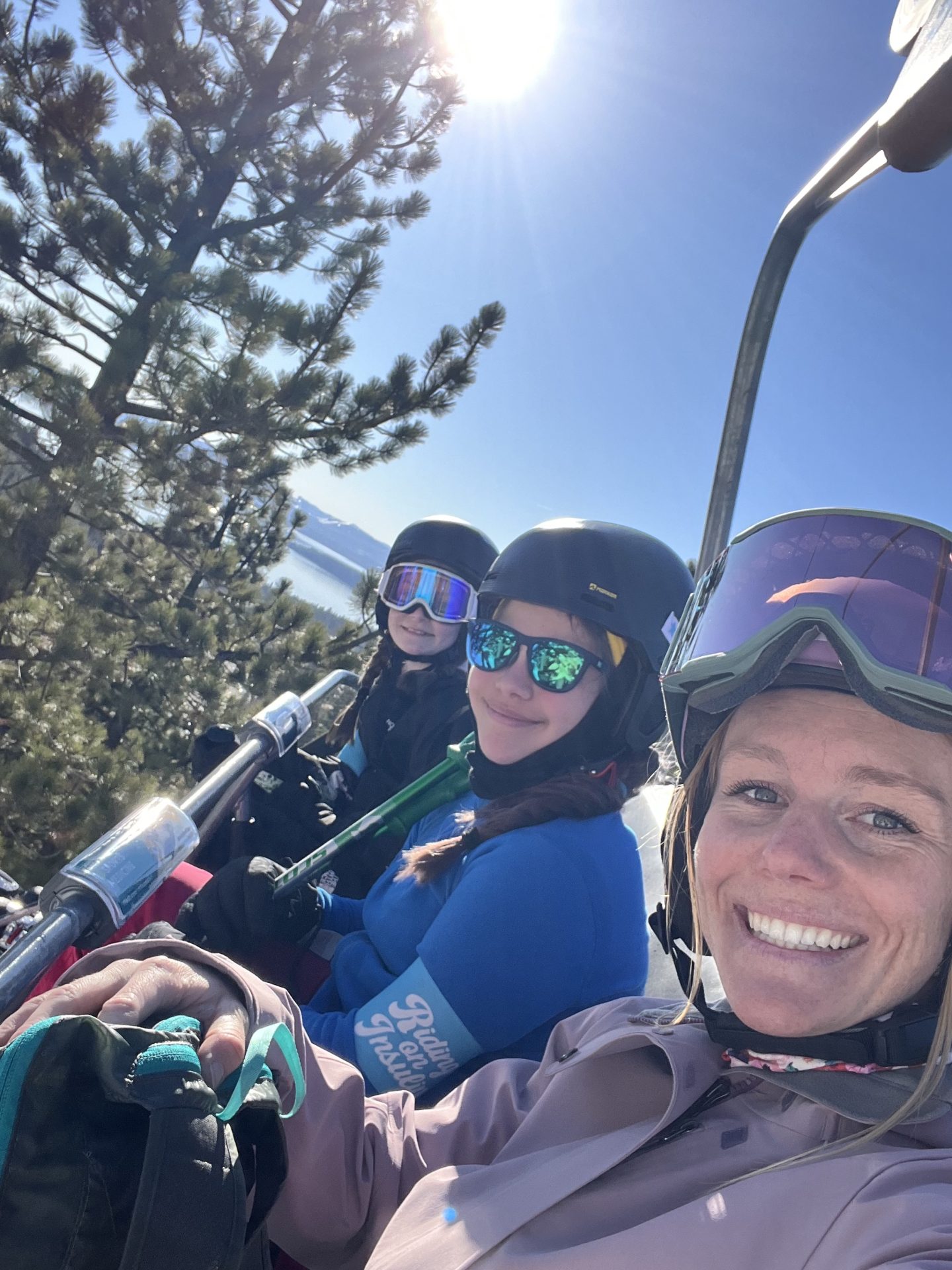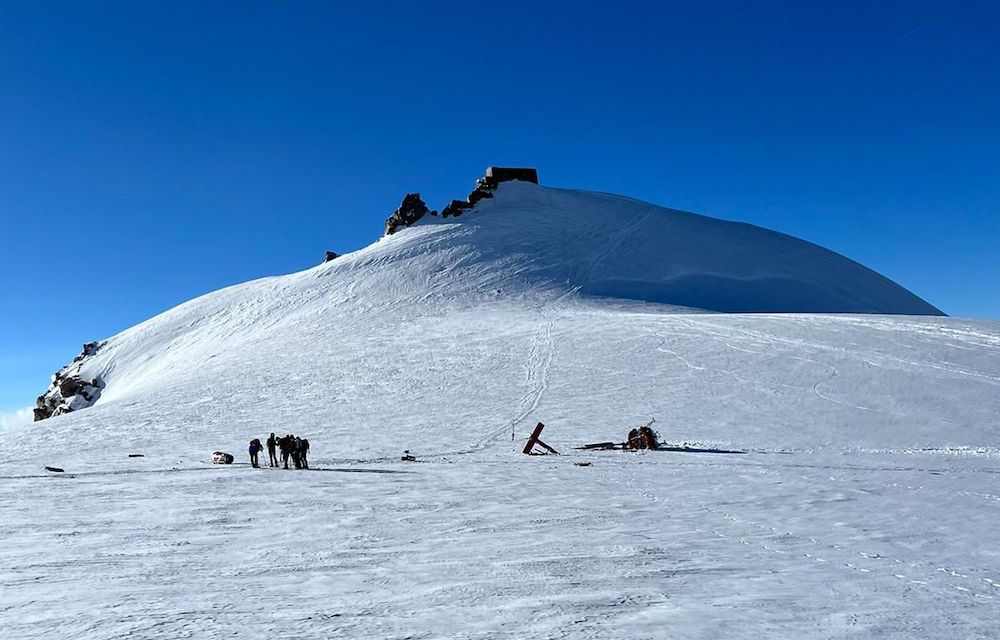
Maia Bickert has been skiing since she learned to walk. She showed in an alpine racing career consisting of Junior Olympics, U.S nationals, and FIS circuits like NorAm, that she was quite the capable skier. However, after a Type 1 diabetes diagnosis and an ACL injury, she was forced to rethink her career path. While pursuing a degree in Immunology and Infectious Diseases, Bickert found herself frequenting Tahoe and finding joy in skiing once again. She now volunteers as a counselor for Riding On Insulin (ROI), a non-profit organization aimed at empowering youth with T1D to get activated in outdoor sports. Bickert represents Insulet, the maker of Omnipod—a device she personally uses to manage her insulin as someone living with T1D. SnowBrains wanted to know more about Bickert’s story and how she is making a name for herself in the outdoor industry.

Bickert’s diagnosis came at a pivotal point in her ski career. At 18 years old, she struggled with several symptoms synonymous with T1D: Constant dehydration, exhaustion, and losing unhealthy amounts of weight. After competing in a NorAm circuit in Canada, she found she couldn’t complete a single run due to the fatigue in her legs. She went for a doctor visit to get some answers. “Some tests came back, and my glucose read 564mg/dL (normal levels are 70-120mg/dL). The doctor informed me I had diabetes, that I was in ketoacidosis.” Initially, she dismissed the diagnosis, as diabetes is often attributed to an unhealthy lifestyle, which Bickert was not. However, she had to reconcile with this new change. Only a year out of high school, amid a career in ski racing, she now calculated everything she ate. Measuring her insulin levels was crucial. Her blood sugar levels were the difference between life and death.
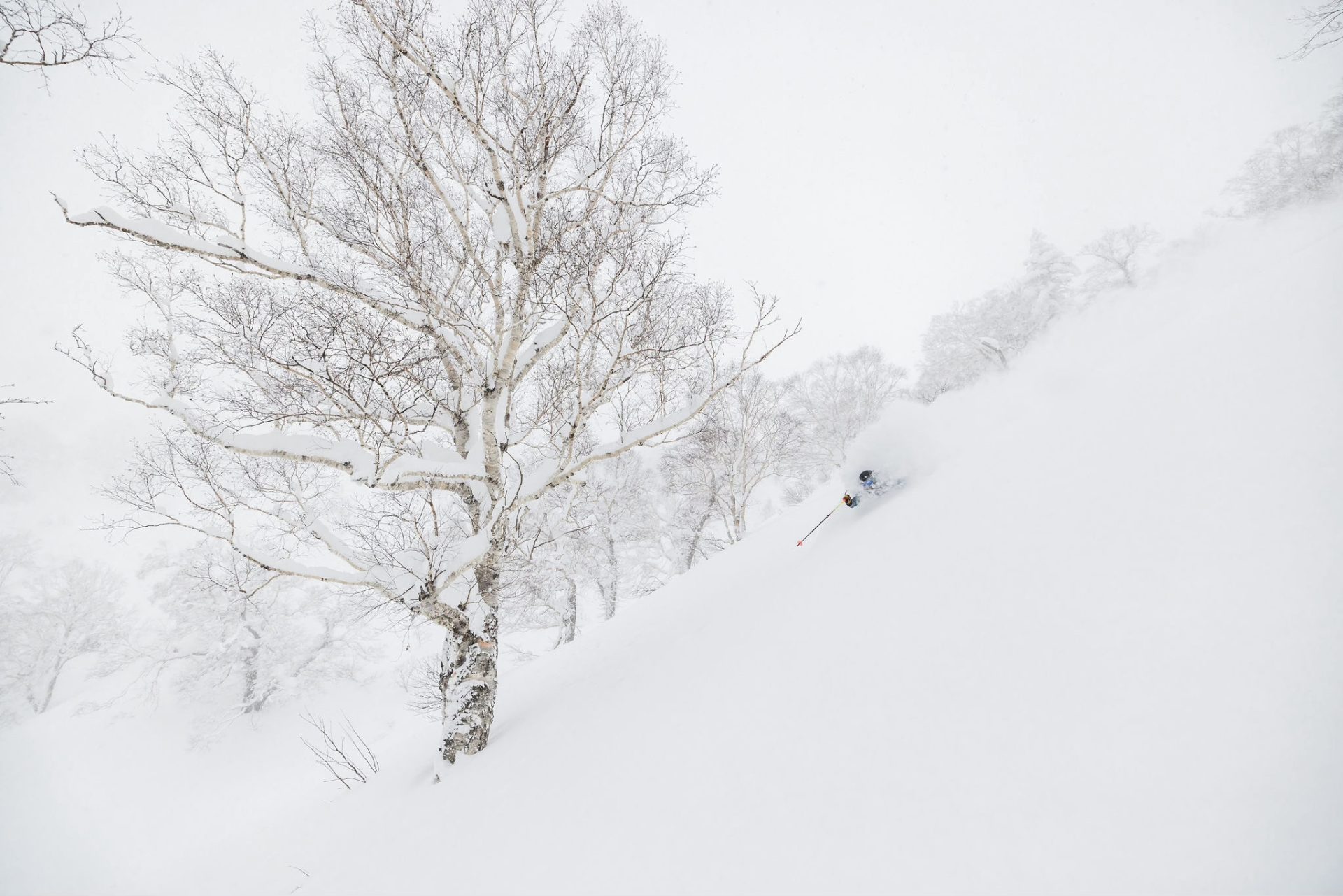
Readjusting to this new lifestyle was a process. Bickert enrolled in clinical trials for a chemotherapy treatment aimed at slowing down the body’s autoimmune response to insulin. For about another year, she continued to race. Unfortunately, a ski race accident at Snow King in Jackson Hole resulted in a torn ACL. Between the T1D diagnosis and a season-ending injury, she was now forced to reconsider new paths. “Ski racing had gotten so serious it became less fun, and more of a job than a hobby; one I wasn’t making any money at,” Bickert laughs. One year after her diagnosis, she decided to go back to school. As a result of all of her doctor visits, she found an interest in the medical field and enrolled at UC Berkeley, studying biology. “During my first year of college, I drove home to Tahoe nearly every weekend, and really fell in love with skiing for myself again. A lot more backcountry and pow days, things you don’t have time for when training to be a competitive alpine racer.” Bickert reminisces. However, managing T1D as a skier and someone with an active lifestyle still posed a challenge.
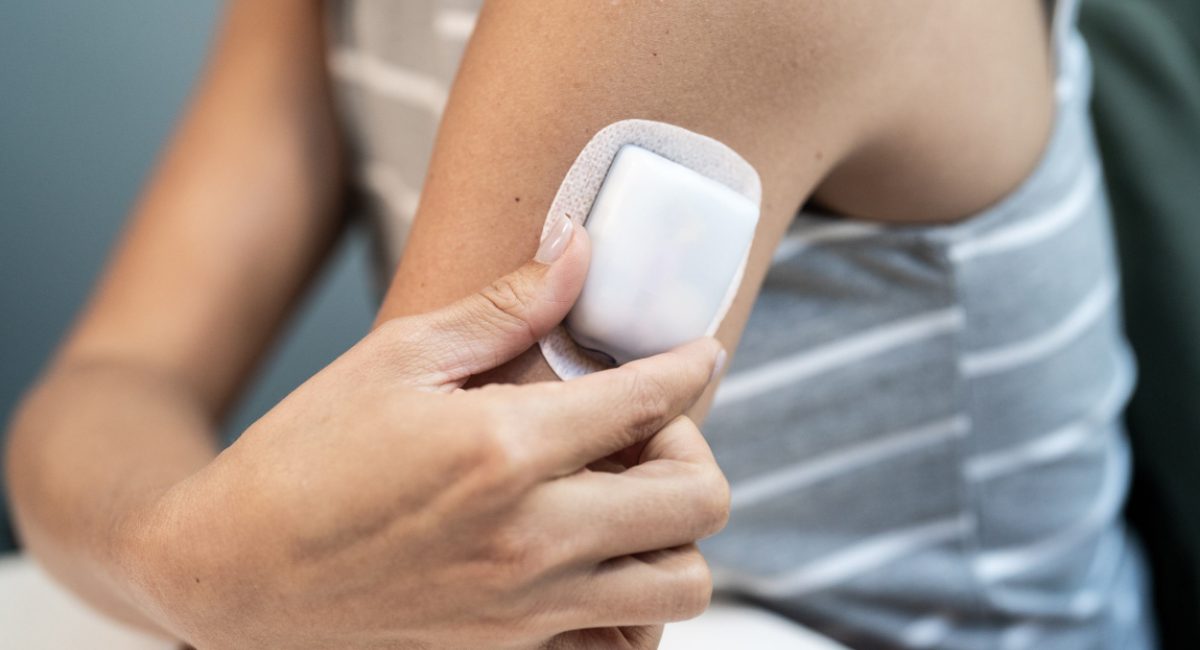
Enter Omnipod, a device aimed at making insulin injections much more manageable. Traditional insulin management methods require numerous injections, constant calculations, and management. Omnipod is a new advancement in this technology. The device replaces multiple injections with a single insertion every 72 hours. The device automatically delivers insulin and can pair with your phone to give you the ability to track glucose and insulin levels. For Bickert, this is a huge advantage. It gives her time to focus on her outdoor activities without the added stress of insulin management. “While skiing, I don’t have to unzip a ton of layers to give myself insulin; I can do it all from an app on my phone. I also wake up less in the middle of the night because of the insulin dosing adjustments my Omnipod makes for me.” T1D can be difficult to understand as it doesn’t present itself on the surface. For people not in the know, distinguishing between type 1 and type 2 diabetes is a challenge. “Oftentimes, people ask me, ‘Should you be eating that?’ when I have sweets in my hand. Contrary to popular belief, sugar is actually a very important part of life with type 1 diabetes. If we give ourselves too much insulin for a meal or are more active for some time, our glucose can drop below safe levels. This is an emergency, and can only be treated by consuming sugar. When I leave the house, I always have my Omnipod and phone, usually backup insulin, and lots of fast-acting glucose.” Bickert explains.
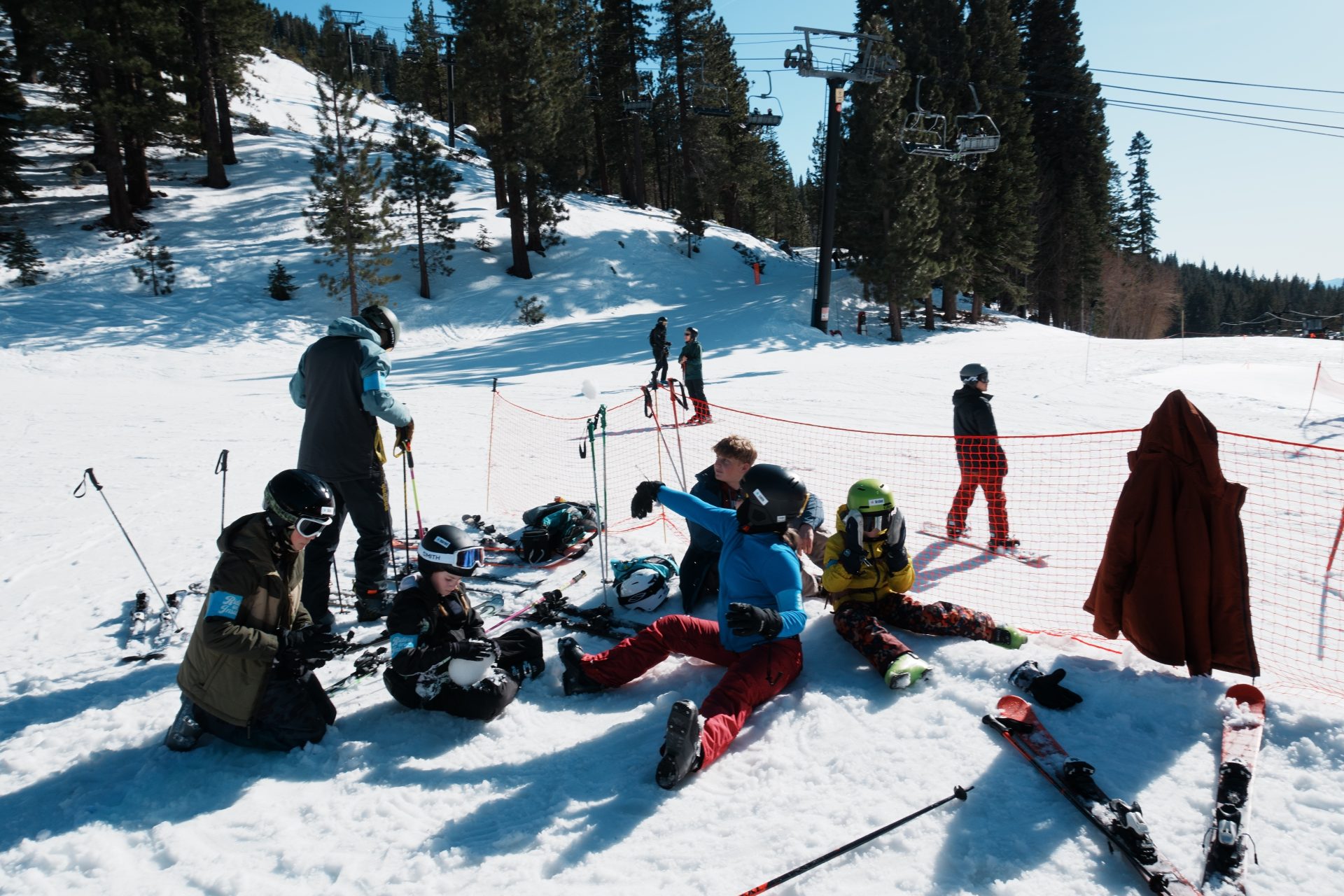
Bickert has been working with ROI for some time now. Reaching out after her diagnosis, she has been involved with the non-profit’s work for several years now. The camp itself is very community-based. Coaches and trainers who live with T1D work with diagnosed children, showing them how to live an active lifestyle while managing T1D. “We help empower the kids to take control of their own diabetes management while teaching them to ski and snowboard. I think there is something really special about being surrounded by 50-100 people living with diabetes who all just get it.” After the program’s start in 2004 by pro snowboarder Sean Busby, it now has a global outreach. It offers ski, snowboard, and surf camps nationwide as well as nature retreats. The program has seen great success with its outreach and even offers scholarships to make its services accessible to the general public.
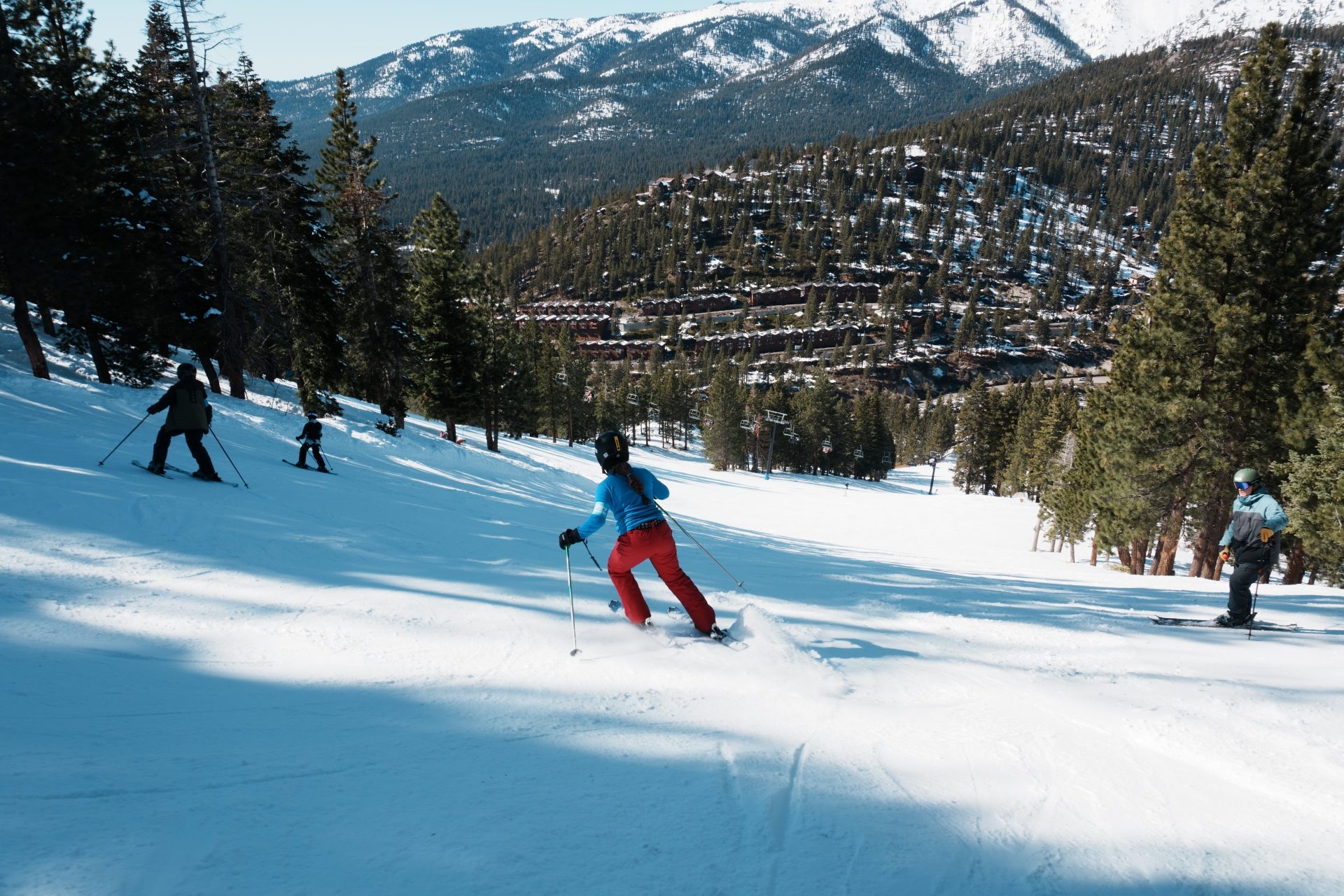
Maia Bickert has a ski movie in development that stresses the importance of community and an active lifestyle in her T1D journey. “Seeing the things people are accomplishing with T1D, there are no limits, perhaps a ton of extra planning behind these pursuits, but we can still do everything.” Living an active lifestyle dramatically improves the body’s response to insulin. Balanced with the use of insulin management devices like Omnipod, Bickert found a new approach to skiing. Her new movie encapsulates the difficulties of managing T1D with an active lifestyle, and shows her diagnosis hasn’t slowed her down.
Bickert aims to inspire others with chronic illness through the lens of skiing and other outdoor sports. Overcoming her struggles with T1D, achieving a degree in biology, and all while garnering influence in the ski community, Maia Bickert shows incredible amounts of motivation. “In the end, the only person who really gets to tell you whether you can or you can’t do something is you. So live your life for you, and don’t let anyone get in the way of a goal you want to achieve (or a cupcake you want to eat). If you set your mind on something, you can achieve it.”
